Women
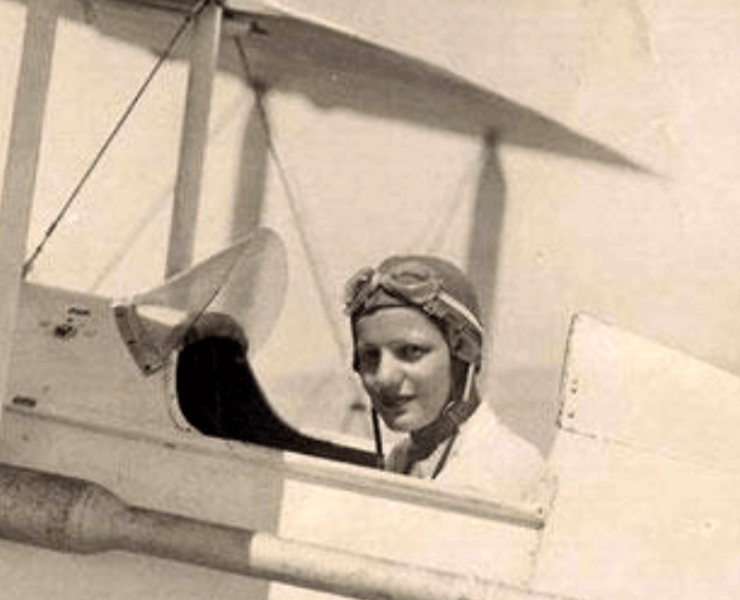
It’s Women’s History Month, and here at Pink Jinn there’s nothing we love more than celebrating the achievements of incredible women. To mark the occasion, we’re going on a trip through history to highlight the stories of 6 awe-inspiring women from the Middle East and North Africa who we should all know more about. From warriors, freedom fighters and activists to pioneers in the fields of healthcare and even aviation, this is a pretty amazing collection.
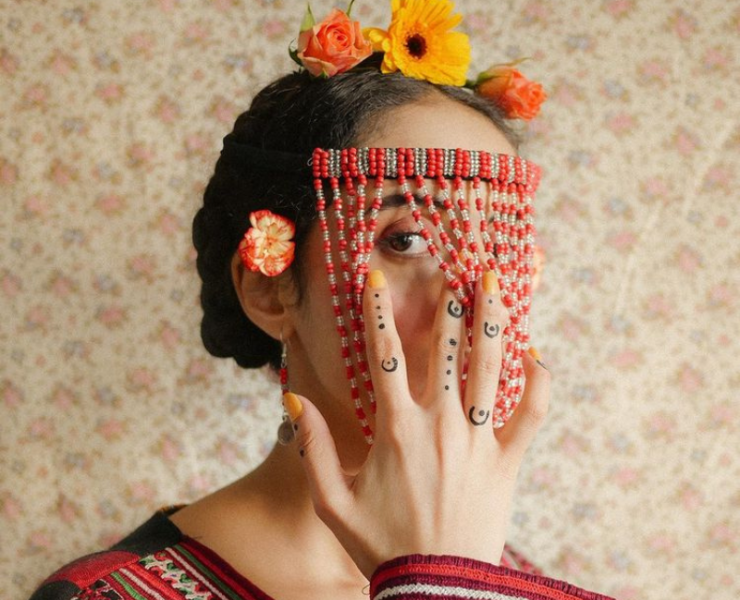
This week, we’re celebrating ten incredible Yemeni women making waves in the worlds of journalism, food, activism, photography, art, music and even paleoanthropology. From a filmmaker documenting the realities of living through the war in Yemen to an explorer uncovering the secrets of human evolution on Socotra, you need these fearless women on your feed!
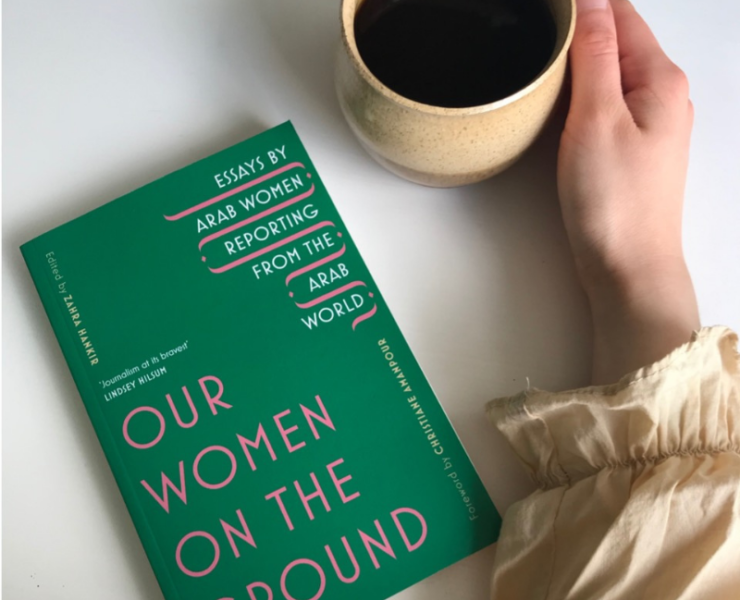
Have you ever noticed that most of the journalists covering the Middle East and North Africa are… well… not from the Middle East and North Africa? Lebanese journalist, editor, and author Zahra Hankir noticed this too, which ed her to edit Our Women On The Ground, a wonderful collection of nineteen essays written by women who cover their own homelands in the Middle East and North Africa.

Bedouin women’s poetry is a rich, if little-known tradition of verse that stretches from Pre-Islamic Arabia all the way to the present day. While known within the Gulf and preserved in local communities, it rarely receives large-scale attention, generally because the emotional lives of women are considered culturally sensitive.
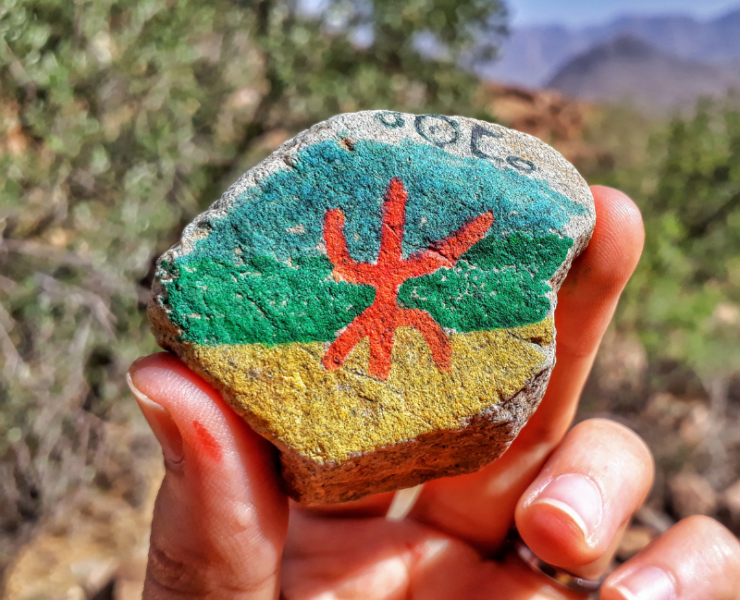
This week we’ve teamed up with Amazing Amazigh to share the story of Dihya, the legendary Amazigh queen and warrior. Amazigh (or Imazighen) is the name given to the indigenous people of North Africa. Scroll down to read all about Dihya’s role in the history of North Africa and how she became a symbol of Amazigh resistance and a Maghribi (North African) feminist icon!
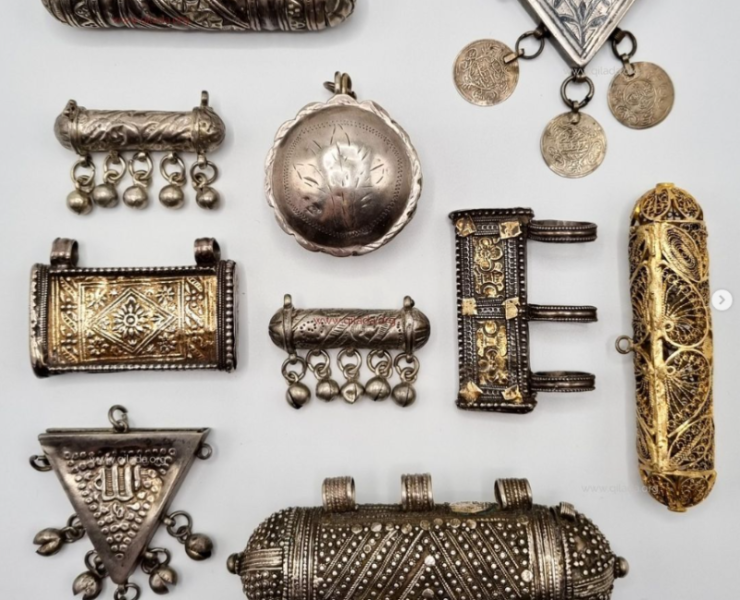
Jewellery in the Middle East and North Africa has always played a far more significant role than just that of adornment. One of its most valued functions was that of portable wealth, a practice that finds its origin in the times before finances almost automatically included monetary currency and banks. As such, jewellery was a major factor in women’s financial independence.



